Home>Furniture & Design>Interior Design Trends>How To Get Oil Off Glass
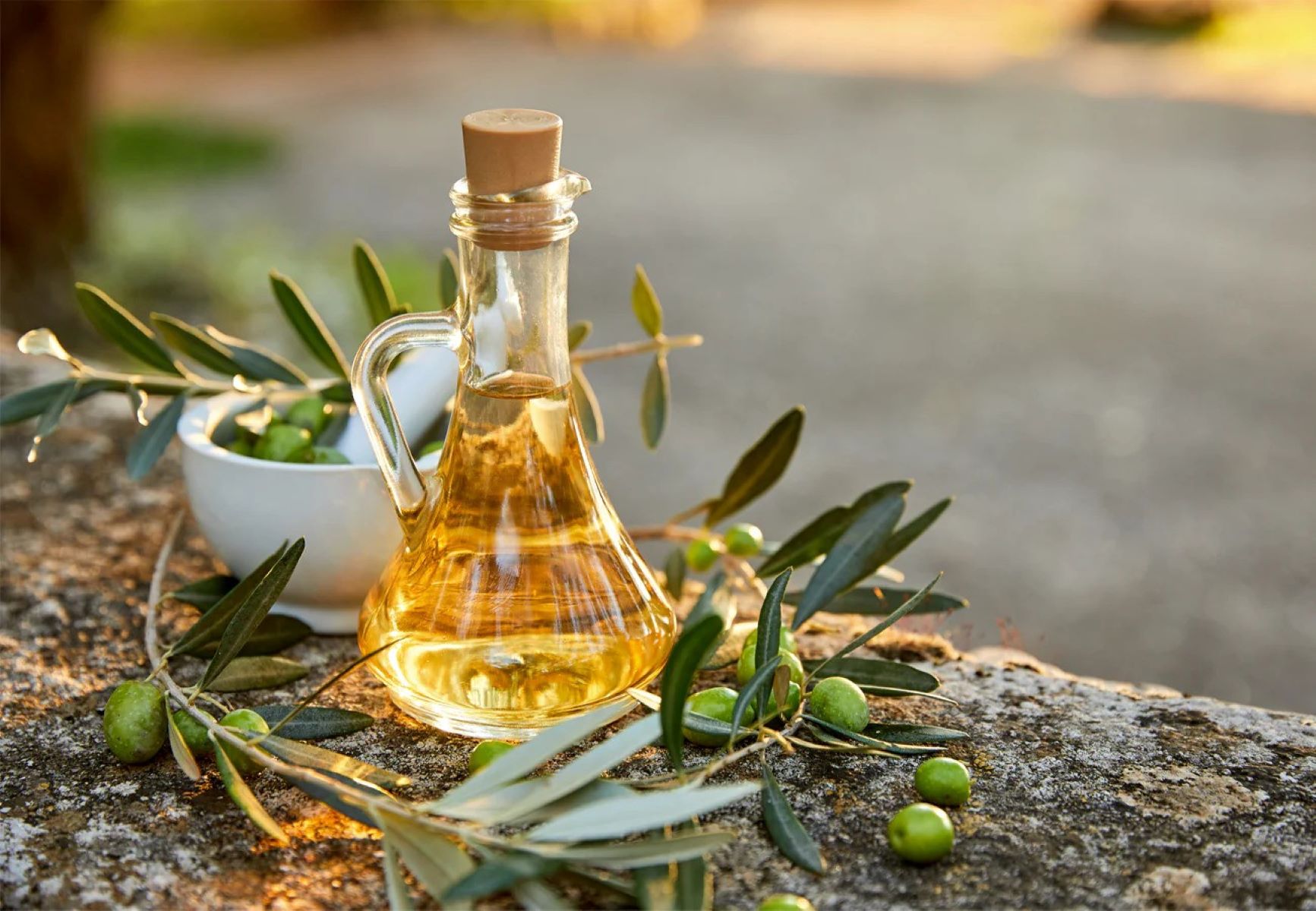

Interior Design Trends
How To Get Oil Off Glass
Modified: February 16, 2024
Learn the best interior design trends for removing oil off glass surfaces. Discover effective techniques and tips for a spotless finish. Keep your space looking sleek and polished.
(Many of the links in this article redirect to a specific reviewed product. Your purchase of these products through affiliate links helps to generate commission for Storables.com, at no extra cost. Learn more)
Introduction
Dealing with oil stains on glass surfaces can be a frustrating and challenging task. Whether it's a kitchen window, glass cookware, or a decorative glass tabletop, the unsightly marks left by oil can detract from the overall aesthetic appeal of the glass. Fortunately, with the right tools, materials, and techniques, it's possible to effectively remove oil stains and restore the glass to its pristine condition.
Understanding the nature of oil and its interaction with glass is crucial in devising an effective cleaning strategy. Different types of oils, such as cooking oil, mineral oil, or essential oils, can leave distinct residues on glass surfaces, each requiring specific approaches for removal. Additionally, the porosity and texture of the glass can influence the extent to which the oil penetrates and adheres to the surface, further complicating the cleaning process.
In this comprehensive guide, we will delve into the intricacies of removing oil from glass, providing a step-by-step approach to tackle this common household challenge. By following these methods, you can restore the transparency and luster of your glass surfaces, ensuring they remain free from unsightly oil stains.
Let's explore the tools and materials needed to effectively combat oil stains on glass, and then proceed to a detailed step-by-step guide for achieving spotless, oil-free glass surfaces.
Key Takeaways:
- Say goodbye to oil stains on glass by using the right tools and materials, and following a step-by-step guide. Keep your glass surfaces pristine and oil-free with these effective cleaning methods!
- Prevent oil stains on glass by using protective mats, immediate cleanup, and regular maintenance. These proactive tips will help you maintain the clarity and visual appeal of your glass surfaces.
Read more: How To Get Diffuser Oil Off Walls
Understanding the nature of oil
Before delving into the methods for removing oil from glass, it's essential to comprehend the nature of oil and its behavior when it comes into contact with glass surfaces. Oil, in its various forms, possesses unique properties that influence its interaction with glass, making it crucial to understand these dynamics for effective cleaning.
Types of Oils
Different types of oils, such as cooking oil, mineral oil, and essential oils, can leave distinct residues on glass surfaces. Cooking oils, commonly used in food preparation, often contain fats and other organic compounds that can adhere stubbornly to glass. Mineral oils, derived from petroleum, are frequently used in various industrial and cosmetic applications, and their residues can present their own challenges when it comes to cleaning glass. Essential oils, prized for their aromatic and therapeutic properties, can also leave oily residues on glass surfaces, often with the added complexity of containing pigments that may stain the glass.
Adhesion and Penetration
When oil comes into contact with a glass surface, its ability to adhere and penetrate the material depends on several factors. The porosity and texture of the glass play a significant role in determining how readily the oil adheres to the surface. Smooth glass surfaces may repel oil to some extent, while textured or porous glass can provide more opportunities for the oil to seep into crevices and form stubborn stains. Additionally, the temperature at which the oil comes into contact with the glass can influence its behavior, with higher temperatures potentially increasing the oil's ability to penetrate and adhere to the surface.
Chemical Composition
The chemical composition of the oil itself can impact its interaction with glass. Some oils may contain compounds that react with the glass, leading to discoloration or etching. Understanding the specific composition of the oil can be crucial in determining the most suitable cleaning agents and methods for effectively removing the residues without causing damage to the glass.
By gaining a deeper understanding of the nature of oil and its interaction with glass, it becomes possible to tailor cleaning approaches to the specific characteristics of the oil and the glass surface. Armed with this knowledge, you can proceed with confidence in selecting the most appropriate tools and materials for effectively removing oil stains from glass surfaces.
Read more: How To Get Tape Off Of Glass
Tools and materials needed
To effectively remove oil stains from glass surfaces, it is essential to gather the appropriate tools and materials. Having the right equipment at hand can significantly streamline the cleaning process and ensure optimal results. Here's a comprehensive list of the tools and materials needed to tackle oil stains on glass:
Tools:
-
Microfiber Cloth: A high-quality microfiber cloth is an indispensable tool for cleaning glass surfaces. Its fine fibers are effective in capturing and lifting oil residues without leaving lint or streaks behind.
-
Squeegee: A squeegee with a rubber blade is ideal for removing excess cleaning solution and oil residues from the glass. It facilitates smooth and streak-free drying, leaving the glass surface sparkling clean.
-
Soft-bristled Brush: A soft-bristled brush, such as a clean toothbrush or a dedicated glass cleaning brush, can be used to gently scrub and dislodge stubborn oil stains from textured or intricate glass surfaces.
-
Plastic Scraper: For particularly stubborn and dried-on oil stains, a plastic scraper can be used to carefully lift and remove the hardened residues without scratching the glass.
-
Spray Bottle: A spray bottle filled with a homemade or commercial glass cleaner is essential for applying the cleaning solution evenly across the glass surface.
-
Rubber Gloves: Protect your hands with rubber gloves, especially when using commercial cleaning products or handling potentially abrasive materials.
Materials:
-
Glass Cleaner: Choose a high-quality glass cleaner that is specifically formulated to cut through oil and grease residues. Alternatively, a homemade solution of equal parts water and white vinegar can be effective in removing oil stains from glass.
-
Dishwashing Liquid: Mild dishwashing liquid can be used in conjunction with the glass cleaner to create a powerful cleaning solution for tackling stubborn oil stains.
-
Isopropyl Alcohol: Isopropyl alcohol, commonly known as rubbing alcohol, is effective in breaking down and dissolving oily residues on glass surfaces.
-
Baking Soda: Baking soda can be used as a gentle abrasive to lift and absorb oil stains from glass surfaces, particularly when combined with a small amount of water to form a paste.
-
White Vinegar: White vinegar is a versatile and natural cleaning agent that can help cut through oily residues and leave glass surfaces sparkling clean.
By ensuring that you have these essential tools and materials on hand, you can confidently proceed with the step-by-step cleaning process, knowing that you are well-equipped to effectively remove oil stains from glass surfaces.
Step-by-step guide to removing oil from glass
-
Prepare the Cleaning Solution: Begin by preparing a cleaning solution tailored to combat oil stains on glass. In a spray bottle, mix equal parts water and white vinegar, or combine a small amount of mild dishwashing liquid with water. For particularly stubborn oil stains, consider adding a small amount of isopropyl alcohol to enhance the cleaning solution's degreasing power.
-
Apply the Cleaning Solution: Liberally spray the cleaning solution onto the oil-stained glass surface, ensuring even coverage of the affected area. Allow the solution to sit for a few minutes to penetrate and loosen the oily residues.
-
Gentle Scrubbing: Using a soft-bristled brush or a clean toothbrush, gently scrub the oil-stained areas to dislodge the residues. Take care not to apply excessive pressure, especially on delicate or textured glass surfaces, to avoid scratching or damaging the glass.
-
Homemade Paste: For persistent oil stains, create a paste using baking soda and a small amount of water. Apply the paste to the affected areas and gently scrub in circular motions. The mild abrasive action of the baking soda can effectively lift stubborn oil residues from the glass surface.
-
Rinse and Repeat: Thoroughly rinse the glass surface with clean water to remove the cleaning solution and any loosened oil residues. If traces of oil stains persist, repeat the application of the cleaning solution and gentle scrubbing until the stains are visibly diminished.
-
Squeegee and Drying: Once the oil stains have been effectively lifted, use a squeegee to remove excess water and cleaning solution from the glass surface. This step helps prevent streaks and water spots, leaving the glass sparkling clean and free from oily residues.
-
Final Inspection: After drying the glass surface, inspect it under adequate lighting to ensure that all traces of oil stains have been successfully removed. If any residual stains are detected, repeat the cleaning process as necessary until the glass is restored to its pristine condition.
By following this step-by-step guide, you can effectively remove oil stains from glass surfaces, restoring their transparency and visual appeal. These methods are versatile and can be applied to various glass items, including windows, glassware, and decorative glass accents, ensuring that unsightly oil residues are effectively eliminated.
Read more: How To Get Hairspray Off Glass
Tips for preventing oil stains on glass
Preventing oil stains on glass surfaces involves proactive measures and mindful practices to minimize the likelihood of unsightly residues forming. By implementing the following tips, you can maintain the pristine appearance of glass items and surfaces while reducing the need for frequent intensive cleaning.
-
Use Protective Mats or Coasters: When placing glassware, bottles, or containers containing oils or oily substances on glass surfaces, such as tabletops or countertops, utilize protective mats or coasters. These barriers help prevent direct contact between the oily items and the glass, reducing the risk of oil transfer and stains.
-
Immediate Cleanup: Promptly address any spills or splatters of oils on glass surfaces by wiping them up immediately. Use a clean cloth or paper towel to gently blot and absorb the oil, minimizing its spread and potential for staining the glass.
-
Regular Maintenance: Incorporate regular maintenance and cleaning routines for glass surfaces exposed to potential oil contact. By routinely wiping down and cleaning glass items, such as kitchen windows, cookware, and decorative glass accents, you can prevent the accumulation of oily residues that may lead to stubborn stains over time.
-
Avoid Direct Contact: When handling oils or oil-based products near glass surfaces, exercise caution to avoid direct contact. This can be achieved by being mindful of oil-containing items and ensuring that they are handled away from delicate glass surfaces to minimize the risk of accidental spills or splashes.
-
Utilize Protective Sealants: For glass surfaces that are frequently exposed to oils, consider applying protective sealants or coatings designed to repel oils and enhance the glass's resistance to staining. These sealants create a barrier that mitigates the absorption of oils into the glass, making cleaning and maintenance more manageable.
-
Proper Storage: Store oil-containing items, such as cooking oils, essential oils, and oil-based condiments, in designated containers with secure lids to prevent leaks and spills. Proper storage not only minimizes the risk of oil stains but also contributes to a well-organized and tidy kitchen or storage area.
-
Regular Inspections: Periodically inspect glass surfaces for any signs of oil residues or stains. Early detection allows for prompt intervention and targeted cleaning, preventing the escalation of minor oil stains into more challenging cleaning tasks.
By integrating these preventive measures into your daily routines and maintenance practices, you can effectively minimize the occurrence of oil stains on glass surfaces, preserving their clarity and visual appeal. These proactive strategies contribute to the long-term maintenance of glass items and architectural features, ensuring that they remain free from unsightly oil residues.
Conclusion
In conclusion, effectively removing oil stains from glass surfaces requires a combination of understanding the nature of oil, utilizing the right tools and materials, and employing targeted cleaning techniques. By comprehending the distinct properties of various oils and their interaction with glass, individuals can tailor their cleaning approaches to address specific challenges posed by different types of oil residues. The selection of appropriate tools, such as microfiber cloths, squeegees, and gentle brushes, along with the use of cleaning materials like glass cleaners, dishwashing liquid, and natural agents such as white vinegar and baking soda, forms the foundation for successful oil stain removal.
The step-by-step guide provided offers a systematic approach to tackling oil stains on glass, emphasizing the importance of preparing an effective cleaning solution, gentle scrubbing, and thorough rinsing to achieve optimal results. Additionally, the incorporation of preventive measures, such as using protective mats, immediate cleanup, and regular maintenance, serves as a proactive strategy to minimize the occurrence of oil stains on glass surfaces.
By following these comprehensive guidelines and integrating preventive practices into daily routines, individuals can maintain the pristine appearance of glass items and architectural features, ensuring they remain free from unsightly oil residues. The versatility of the cleaning methods and preventive tips allows for their application to a wide range of glass surfaces, including windows, glassware, and decorative glass accents, thereby addressing common household challenges associated with oil stains on glass.
Ultimately, the successful removal and prevention of oil stains on glass contribute to the preservation of the visual appeal and functionality of glass surfaces, enhancing the overall aesthetic and cleanliness of living spaces. With a deeper understanding of the nature of oil and the implementation of effective cleaning strategies, individuals can confidently address oil stains on glass, restoring transparency and luster to these surfaces while maintaining a welcoming and pristine environment within their homes.
Frequently Asked Questions about How To Get Oil Off Glass
Was this page helpful?
At Storables.com, we guarantee accurate and reliable information. Our content, validated by Expert Board Contributors, is crafted following stringent Editorial Policies. We're committed to providing you with well-researched, expert-backed insights for all your informational needs.
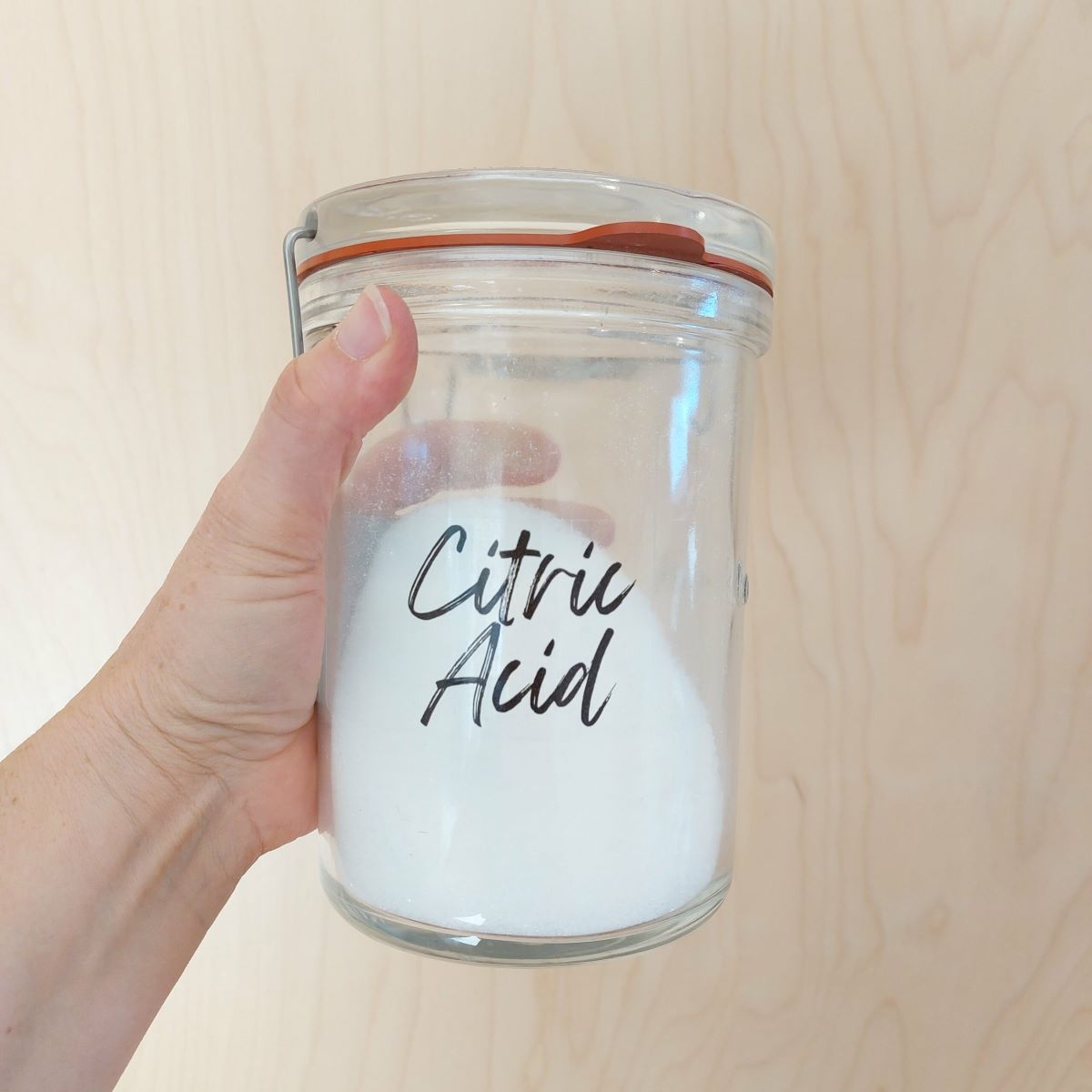
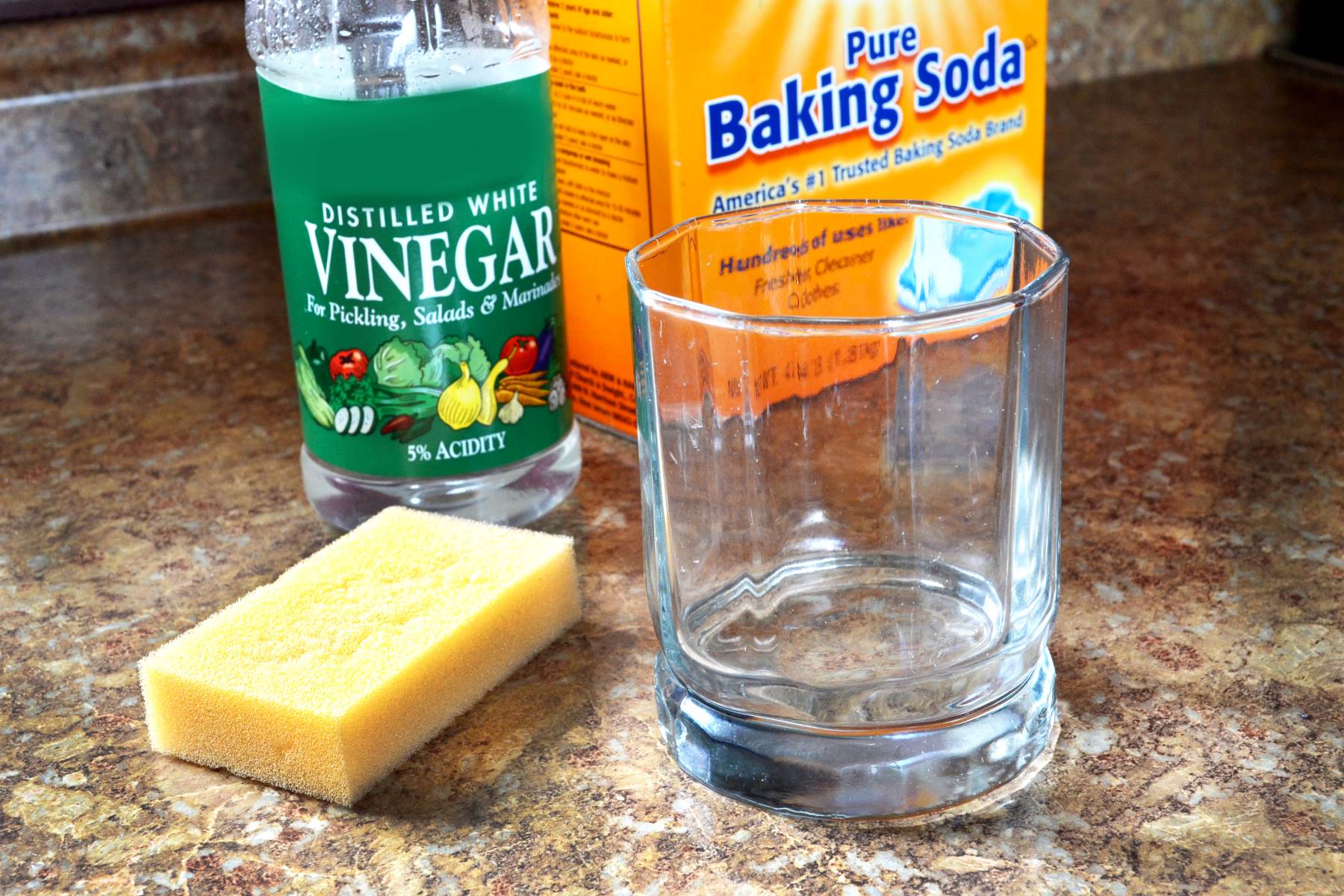
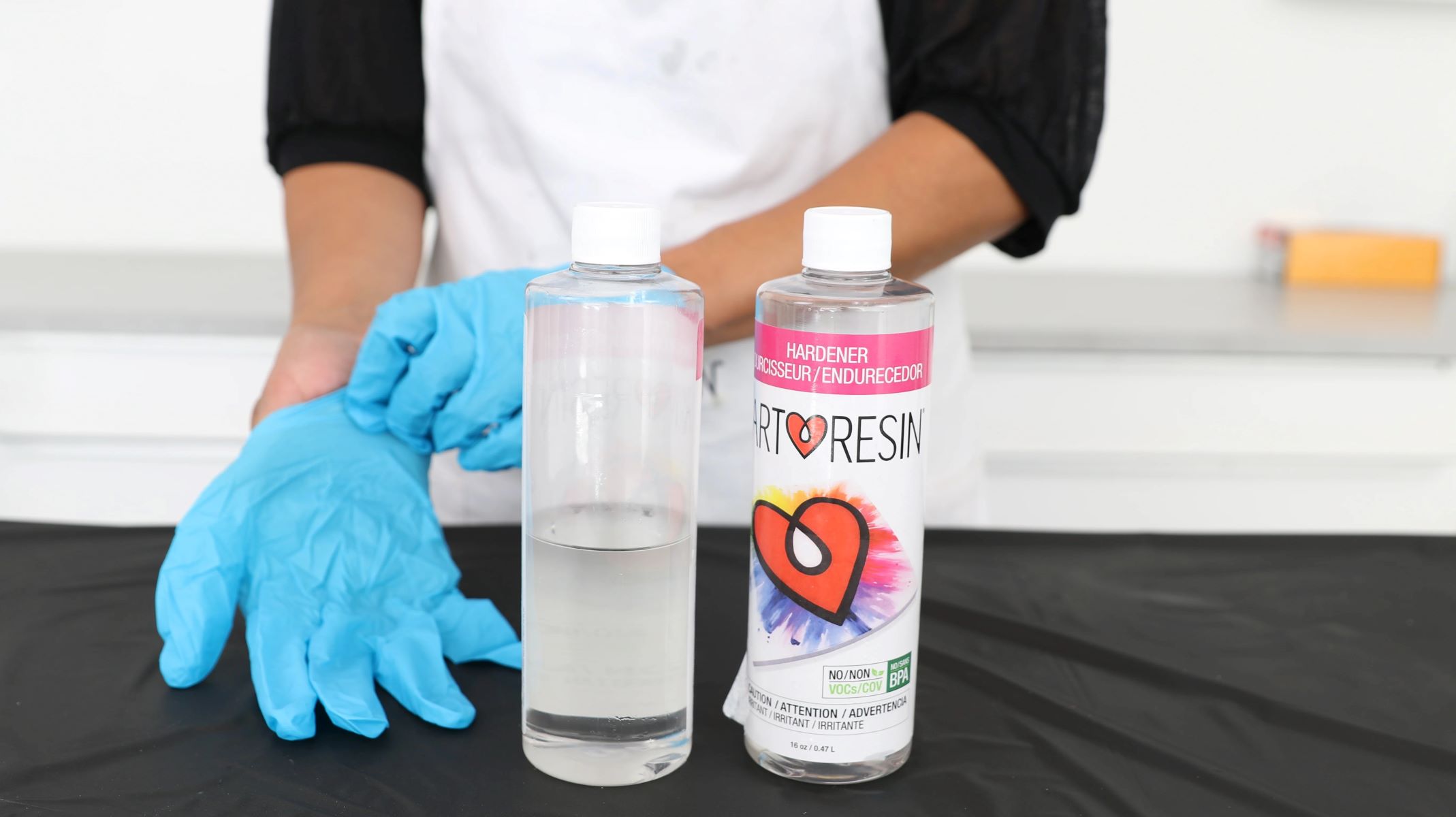

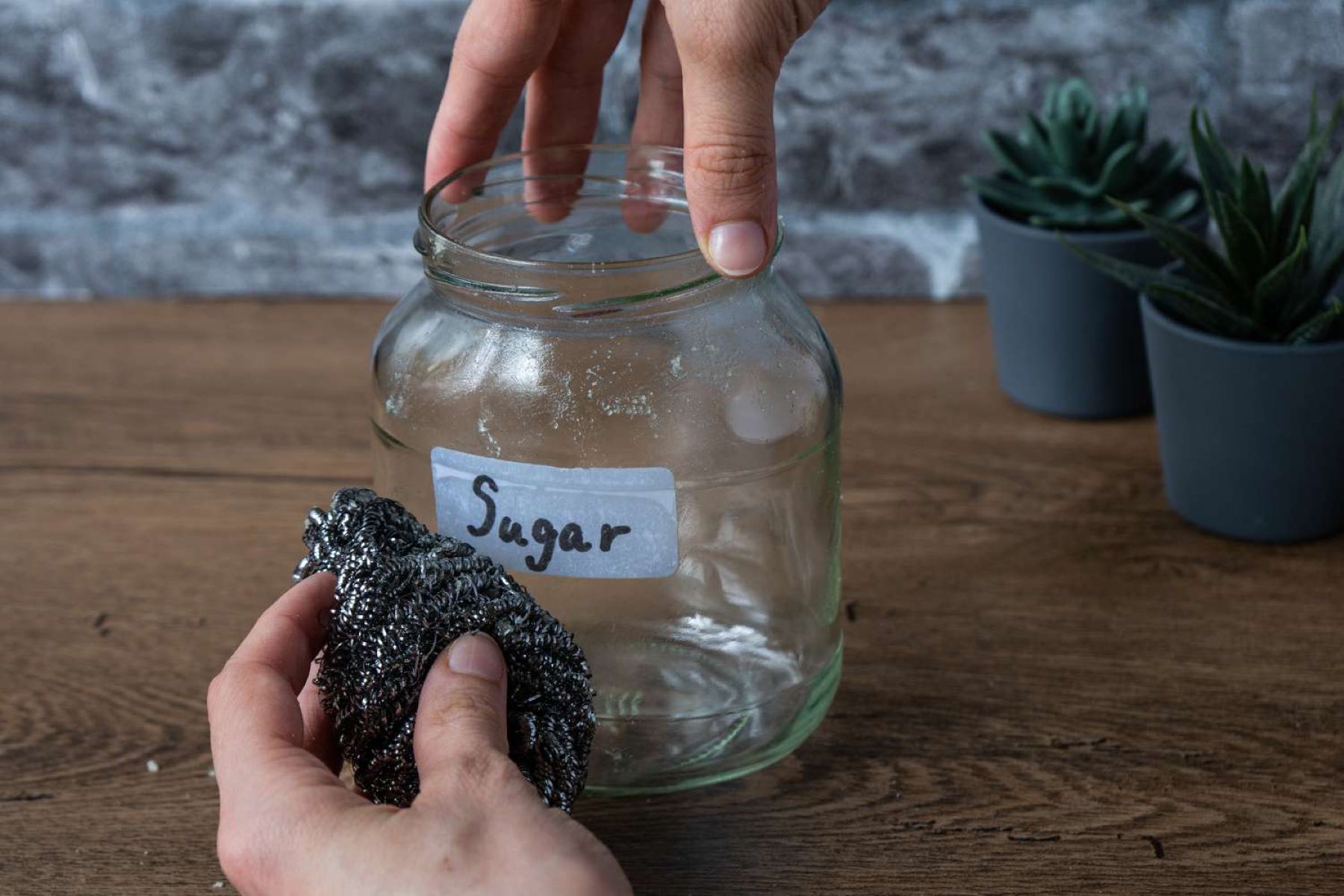
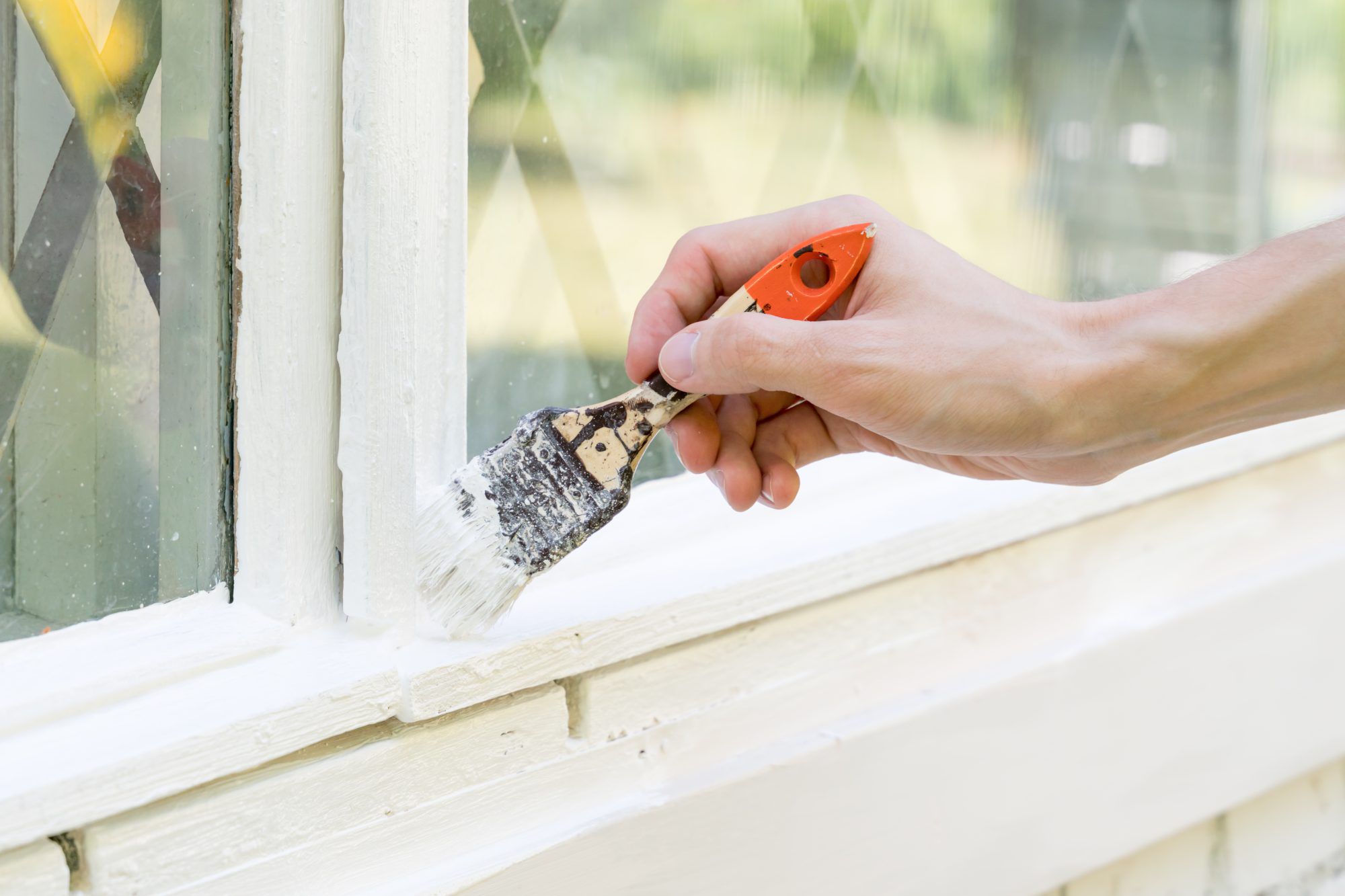
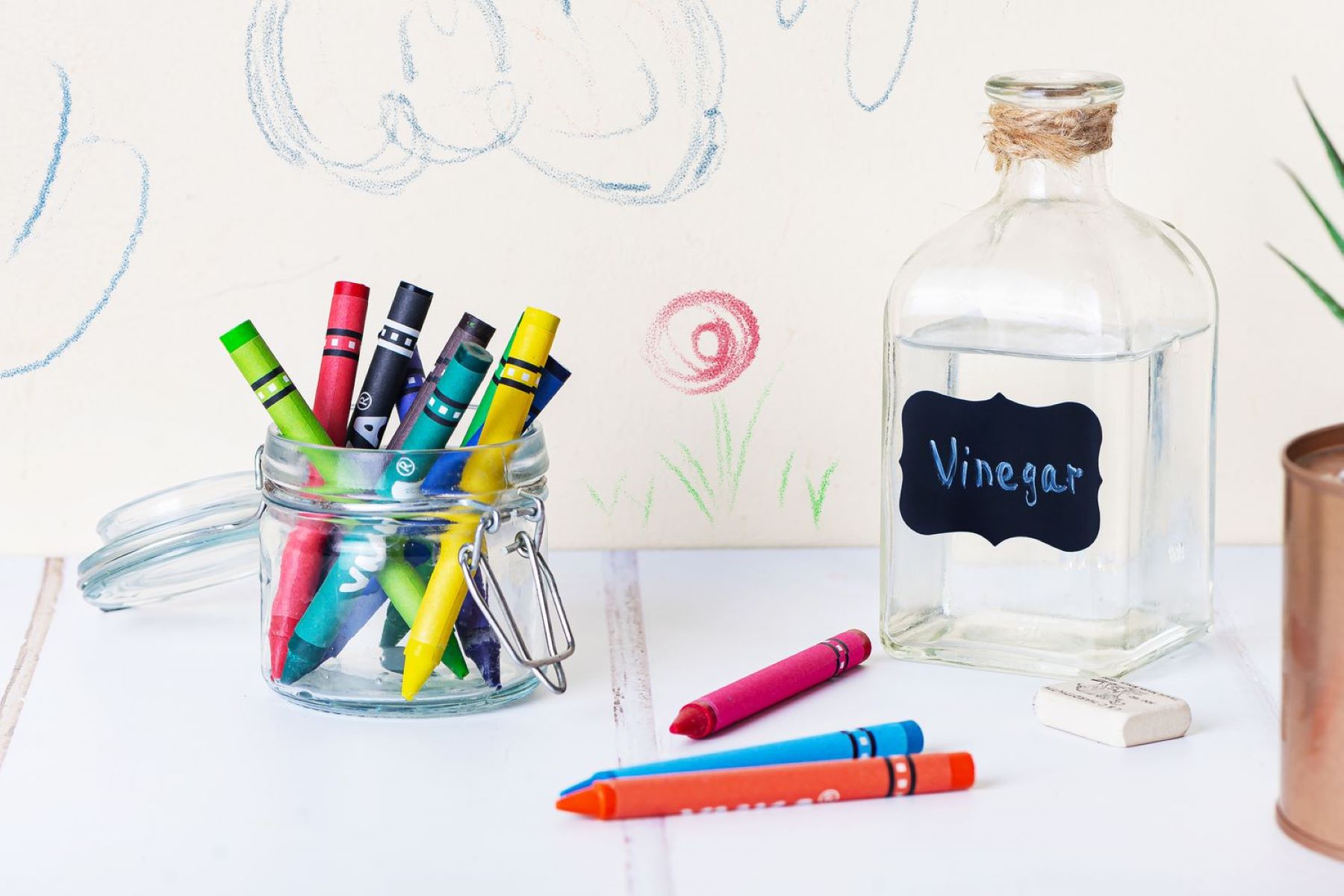
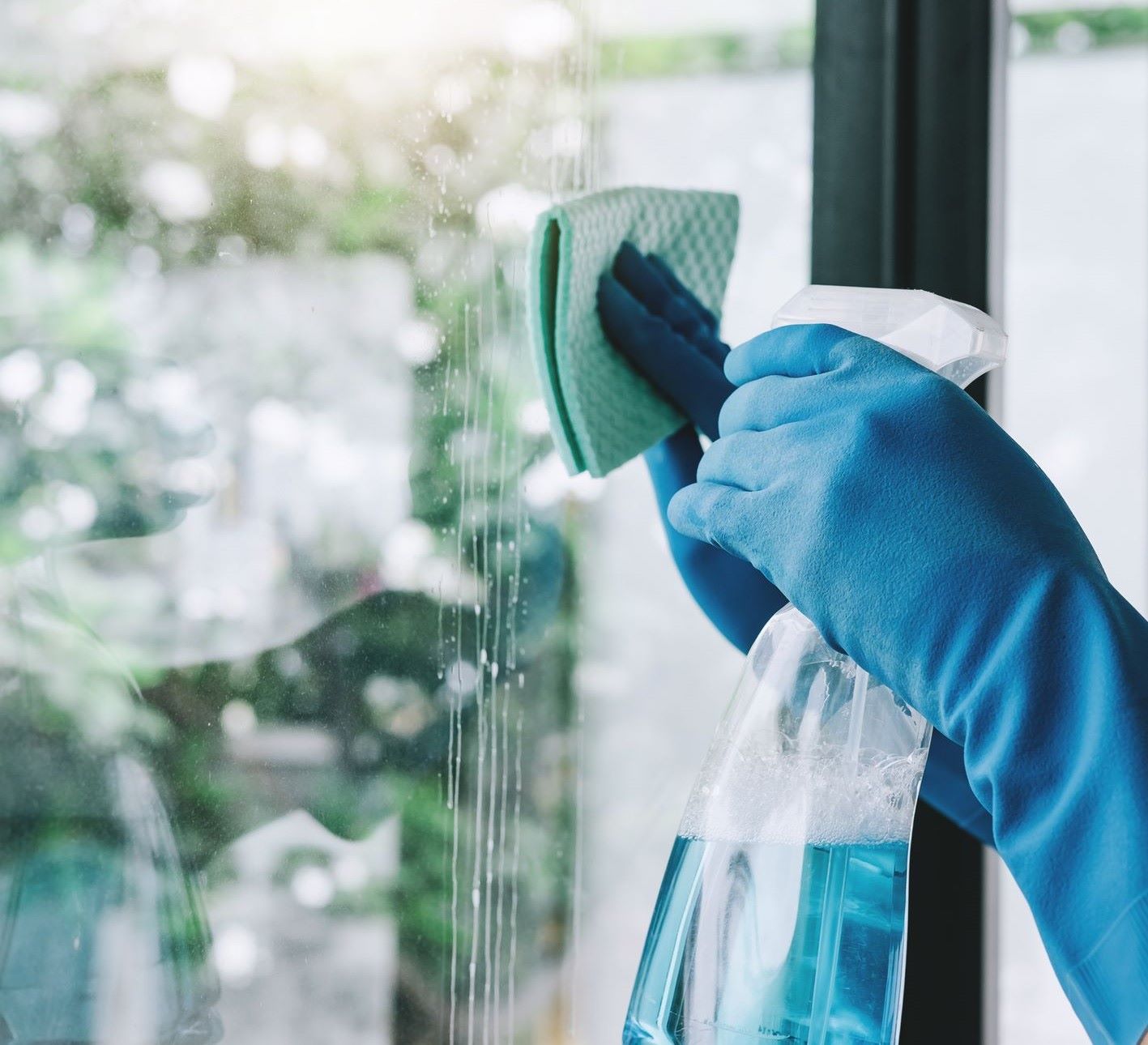
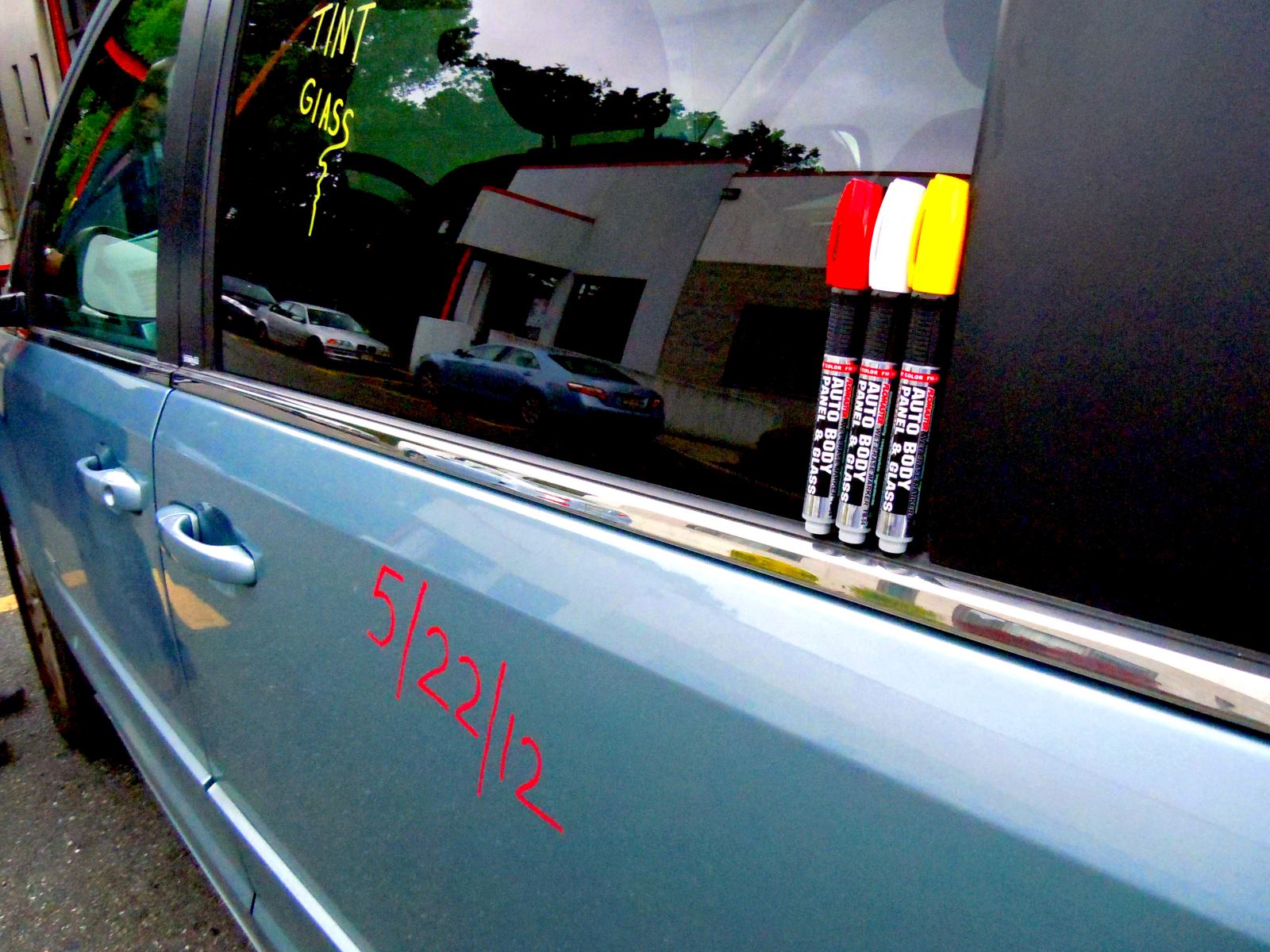
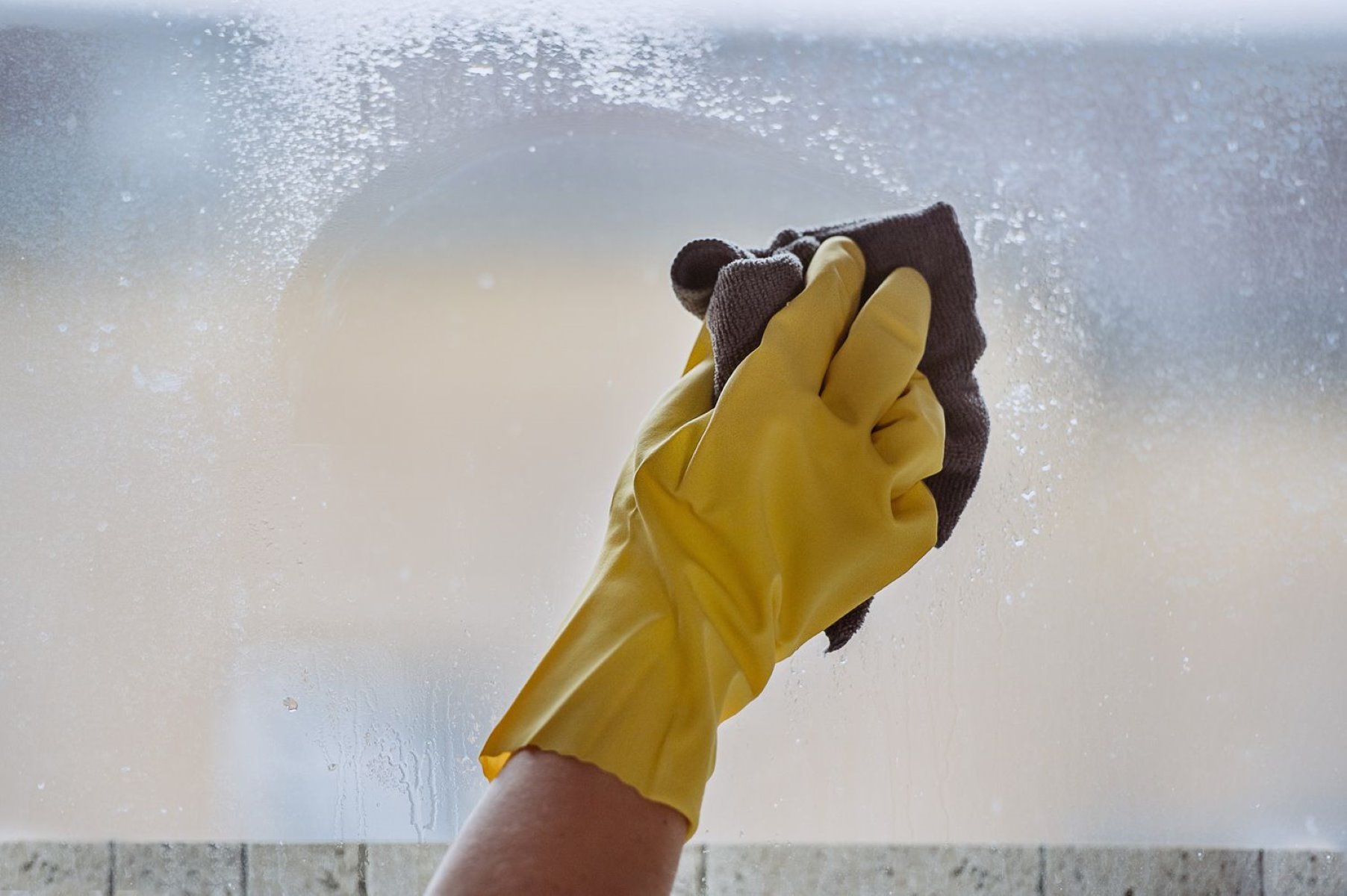
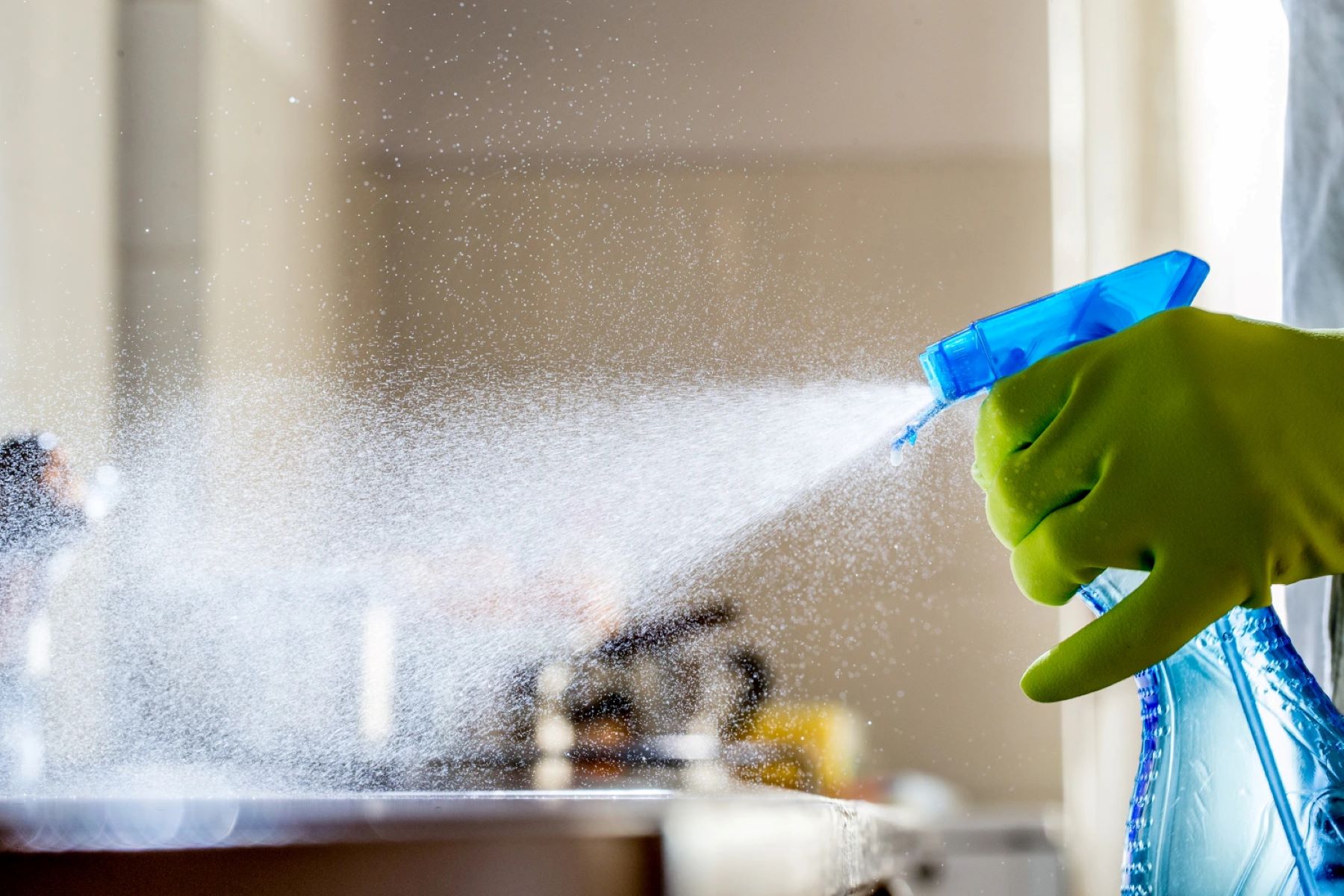

0 thoughts on “How To Get Oil Off Glass”